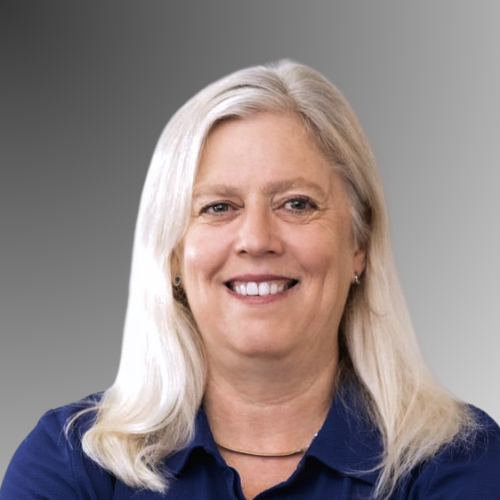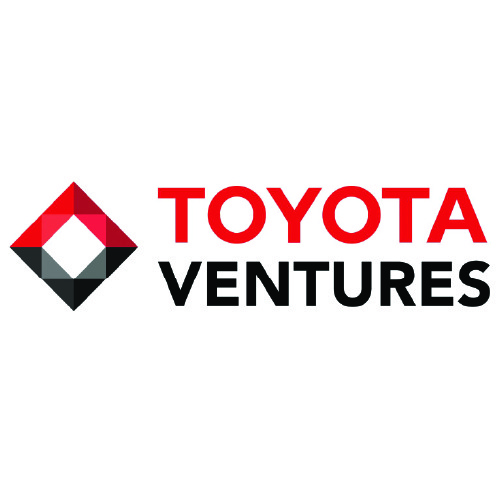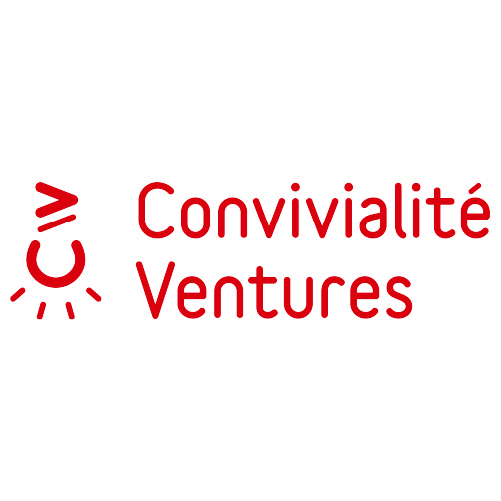Flying Solo: How Bonny Simi Launched JetBlue’s Venture Arm — and Landed Joby
At the 2025 Global Corporate Venturing (GCV) Innovation Summit in Monterey, California, the annual gathering of global corporate investors commenced alongside startups and corporate-backed funds. There, Bonny Simi — President of Operations at Joby Aviation, three-time Olympian, and founding force behind JetBlue Ventures — joined Nicolas Sauvage, President of TDK Ventures, to reflect on her corporate venturing journey and the evolving role of innovation in legacy industries. She later joined him ‘backstage’ for episode #105 of Corporate Venturing Insider to go in-depth on her experiences in a way the 20-minute on-stage session didn’t allow.

For Bonny, the past decade has been a whirlwind of altitude shifts — literally and figuratively. From piloting commercial flights to launching JetBlue’s venture arm, to now helping lead the charge at electric vertical takeoff and landing (eVTOL) company Joby, her perspective blends the grounded realism of operational leadership with the sky-high ambitions of startup founders.
From Cockpit to CVC
“When I started my career, venture capital wasn’t even on my radar,” Bonny said. Originally a commercial pilot for United and JetBlue, her path took a sharp turn when she moved into JetBlue’s corporate operations. As VP of Talent, she brought design thinking into the company to help tackle internal challenges in innovative ways.
“JetBlue had always been an innovative airline,” she noted. But by its 15th anniversary, there were a lot of leadership changes, and the new CEO Robin Hayes worried the airline was “getting a little stale.” Bonny’s answer? “The future of any industry starts early — in startups.”
So when the CEO asked how JetBlue could become more innovative, she suggested launching a corporate venture fund. “He said, ‘How do we do that?’ I said, ‘We set up a CVC.’ He said, ‘Great. Go do it.’”
Launching JetBlue Ventures
Setting up JetBlue Ventures was like building a startup inside a legacy company, Bonny recalled. They were unfamiliar with industry standards like 5-year road map and carry for the investment team. She leaned on her Silicon Valley roots and tapped advisors like Linda Yates and Paul Holland to get up to speed on the venture side. “I knew the corporate side, but not the venture side,” she said. “In three months, I got a crash course.”
Her first hire was Raj Singh, an investment professional who balanced her operational expertise with financial rigor. “I led the team for five years, and by the time I moved on, I had learned maybe a tenth of what he knew,” she joked. “But it was enough to know when to go to him.”
One of her early goals was to avoid the stigma that CVCs are “dumb money.” Bonny was determined that JetBlue Ventures would bring strategic value to both JetBlue and the startups.
Strategic vs. Financial? Yes.
“People ask, are you a strategic or financial investor? The answer is both,” Bonny explained. She coined the idea of “strategic returns and investment returns.” While financial returns are straightforward — “you put in $1M, get $10M out” — strategic returns involve increasing revenue, reducing cost, or improving safety and customer service.
She pointed to FLYR, a dynamic pricing startup: “Even a 0.1% increase in revenue at JetBlue would equal $9.3 million annually. That’s a 10x return right there.” Another portfolio company, Tomorrow.io, became JetBlue’s official weather platform in 2022, following years of partnership, and offered significant operational benefits.
“We didn’t just invest,” she added. They helped startups pivot, survive, and scale.
Platform Before It Was Called Platform
JetBlue Ventures became a model of how CVCs can support portfolio companies beyond capital. Bonny created what she called an “operations team” to help startups navigate large corporate structures. Today, this is known as a platform team.
“Founders think they should meet the CEO right away. But the CEO will ask their VP, who asks their director,” she said. “So we coached founders how to enter at the right level.”
Bonny also created innovation sprints to match JetBlue’s internal needs with external startups. “We’d identify a hundred companies, downselect to 10, then coach those 10 to pitch our internal teams,” she explained. “Even startups we didn’t invest in often created strategic value.”
Joby Aviation and the Power of Syndicates
Bonny’s transition to Joby Aviation marked the next phase of her innovation journey. While at JetBlue Ventures, she championed Joby early and helped bring in Toyota Ventures.
“I knew Jim Adler at Toyota Ventures. I called him and said, ‘Drop everything and see this startup.’ We needed them to close fast. They did — and later led a $500M round.”
In 2014, Toyota established the idea of mobility companies. The group had always had interests outside of automotive and even had a small aviation division called Aero Asahi. They were the perfect co-investor to support Joby. They understood that for startups, every dollar and every minute count.
Legacy and Leadership
Bonny left JetBlue Ventures in 2021, handing the reins to Amy Burr. “Both Amy and Raj went on to lead CVCs,” she noted proudly. “That’s the kind of succession planning we need more of in this space.”
At the time of their interview, it had not yet been announced that JetBlue Ventures would be sold to Sky Leasing. Bonny didn’t comment directly, but her reflections were telling. “You can’t build a successful CVC without deep internal trust,” she said. “I had relationships across JetBlue because I’d hired or promoted most of the officer team.”
A Vision for the Future
As their conversation concluded, reflecting on her time as Chair of the GCV community from 2017 to 2020, Bonny acknowledged how far the corporate venturing ecosystem has come. “Back then, it was still a bit nichey,” she recalled. “VCs were reluctant to take on CVCs, and the community was more about commiserating than celebrating success.” Today, she says, CVCs like TDK Ventures and others have helped legitimize the model: “VCs now welcome CVCs, corporates are seeing value in platform functions, and startups understand what a good CVC can bring to the table.”
Looking ahead, Bonny sees opportunity — but also new headwinds. “We’re in a time of rapid change. AI can take a startup from nothing to a multi-billion-dollar company seemingly overnight,” she said. “If you’re not at the table early, you can miss the boat entirely.” Still, she believes that uncertainty in markets and leadership may limit the formation of new CVCs in the near term. “I think we’ll see fewer new entrants and more strengthening of the ones that have already proven value. The bar is just going to be higher.”
For those looking to start a CVC now, her advice was clear: “Network, network, network. But don’t just ask for coffee — bring value. Learn everything you can. There are Stanford and Harvard case studies, the GCVI network — use them. Don’t ask dumb questions. Come prepared.”
Her vision remains grounded in the belief that the future of corporate innovation belongs to those bold enough to commit: “Whether you’re investing from a boardroom or scaling from a garage, make sure you’re not just building for today — but for tomorrow.”

 Strategic returns are financial returns.
Strategic returns are financial returns. 



















